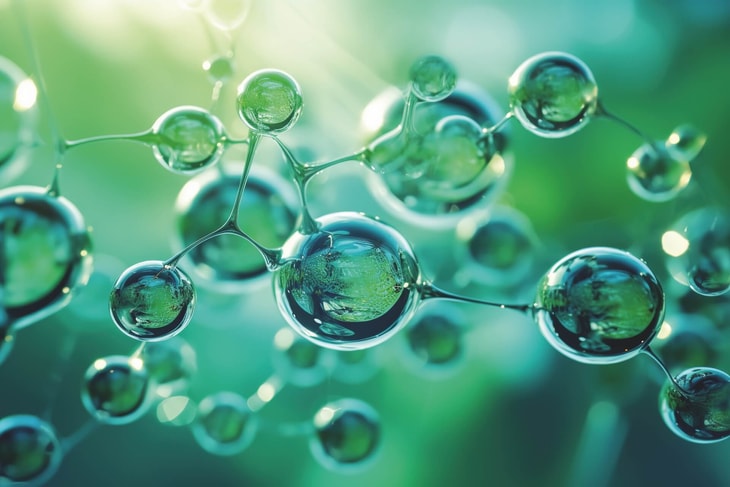Once seen as the gold standard for chemical durability, PFAS-based membranes are now under pressure. With the green hydrogen sector scaling up and environmental scrutiny intensifying, developers are moving to phase out these so-called “forever chemicals” in favour of safer alternatives.
New analysis from independent research group IDTechEx forecasts that the ion exchange membrane market will surpass $2.9bn annually by 2035, driven by its expanding role in electrolysers, hydrogen fuel cells and carbon capture technologies.
Perfluoroalkyl sulfonate (PFAS) membranes, such as Nafion, currently dominate the market due to their high stability and performance in harsh conditions. These materials account for more than 85% of global demand in 2025. But PFAS substances are increasingly linked to health concerns, including cancer and hormone disruption, and are being targeted by regulators due to their persistence in the environment.
The shift is already under way. Start-ups and materials firms are now advancing hydrocarbon-based membranes, including polybenzimidazole and polyether ether ketone, which offer similar performance without the environmental baggage. These alternatives are being commercialised for use in decarbonised energy systems, particularly hydrogen production and redox flow batteries.

©IDTechEx
Green hydrogen is emerging as a key driver. Electrolysers rely on ion exchange membranes to conduct protons or hydroxide ions between electrodes. While proton exchange membrane electrolysers still depend on PFAS-based materials, anion exchange membrane systems are gaining ground as a lower-cost, PFAS-free option with the added benefit of using non-precious metal catalysts.
Hydrogen fuel cells are also pushing membrane innovation. To improve power density, manufacturers are developing reinforced ultrathin membranes that allow more cells to be packed into each stack. These designs are particularly important for transport applications where space and efficiency are at a premium.
It’s not just hydrogen that’s driving demand. Ion exchange membranes are being deployed in redox flow batteries, lithium salt recovery, and pilot-scale carbon capture systems such as direct air capture and CO2 electrolysis. Though still emerging, these applications rely on similar membrane technologies to enable selective ion transport.
Meanwhile, in more established sectors like water treatment, sustainability pressures are also influencing technology choices. The expected doubling of water consumption in semiconductor manufacturing by 2035 is likely to boost demand for membranes used in electro-deionisation and desalination, says IDTechEx.








